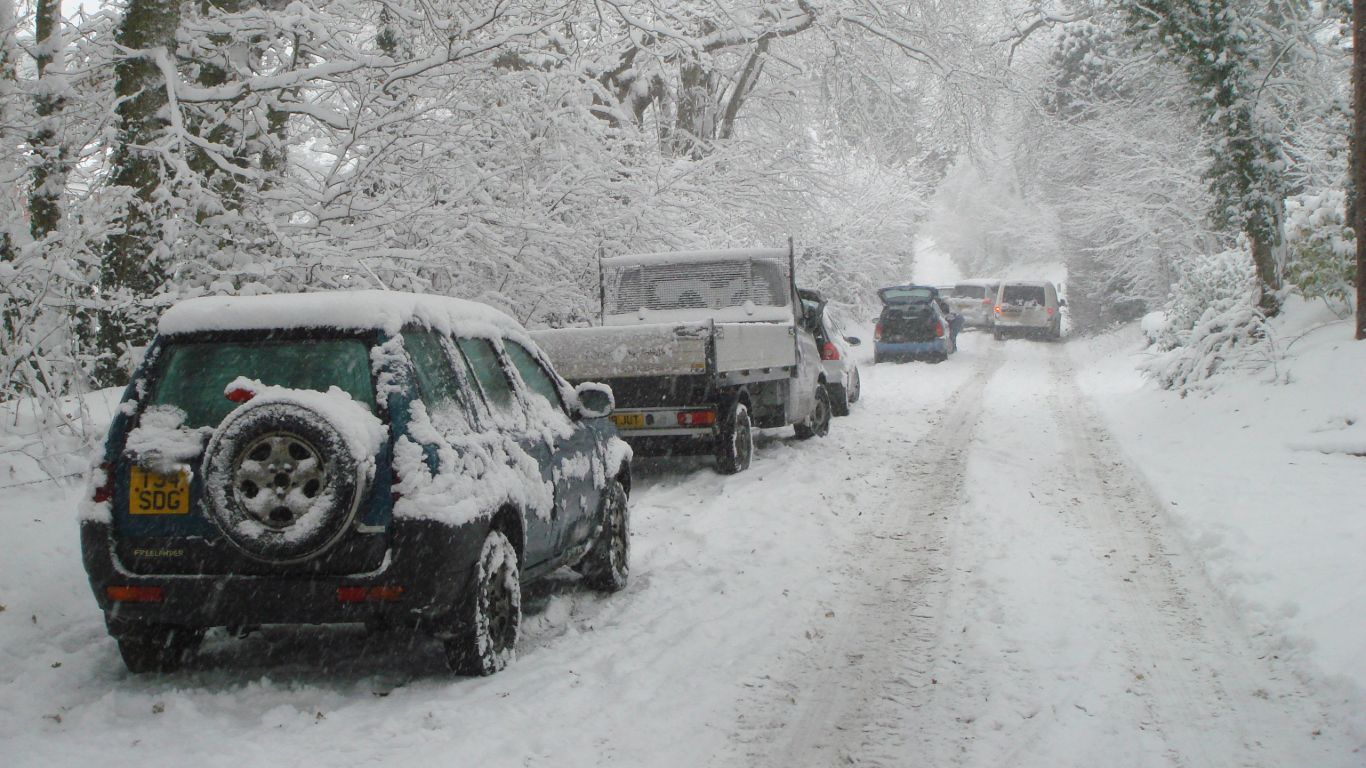
When snow, ice, rain, wind or fog make travel difficult, the Met Office may issue severe weather warnings. These advise people not to drive unless strictly necessary.
Weather warnings are graded yellow, amber and red. A red alert may suggest imminent loss of life is possible.
While going out in these conditions is something that should be avoided, some posts on social media have suggested that ignoring the warnings could invalidate your car insurance.
“Social media claims that motor insurance will be invalid if people drive during a red warning are not true,” said Malcolm Tarling, from the Association of British Insurers.
“Motor insurance will cover you in the usual way, provided you are driving within the law.”
He added that drivers should heed warnings, and all drivers should pay close attention to advice from local authorities and the emergency services in areas affected by extreme weather.
‘Don’t take undue risks’

“Your insurance cover should remain valid whatever the weather, but don’t take that as a green flag to drive without giving heed [to a] red alert for snow,” Kevin Pratt, consumer affairs expert at MoneySuperMarket, told The Scottish Sun.
“Simply knowing you’re going to get a pay-out shouldn’t mean you take undue risks. If your insurance company can prove contributory negligence on your part, your claim might be questioned, and any pay-out reduced.
“For example, if you drove into a swollen ford where there was a warning in place and your car stalled and was ruined by water, your claim might not be paid.
“You might not even be entitled to recovery by your roadside rescue policy because you had recklessly got yourself into trouble. The same would apply if you went down a road in contravention of official road closure signs and were subsequently involved in a car accident.”
A spokesperson from AXA insurance agreed. “If you have breakdown cover, bear in mind that this may not cover you if your car is partly or completely buried in snow, so check your cover before heading off.”
ALSO READ:
How to drive safely in heavy rain